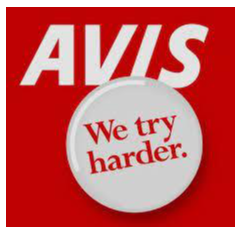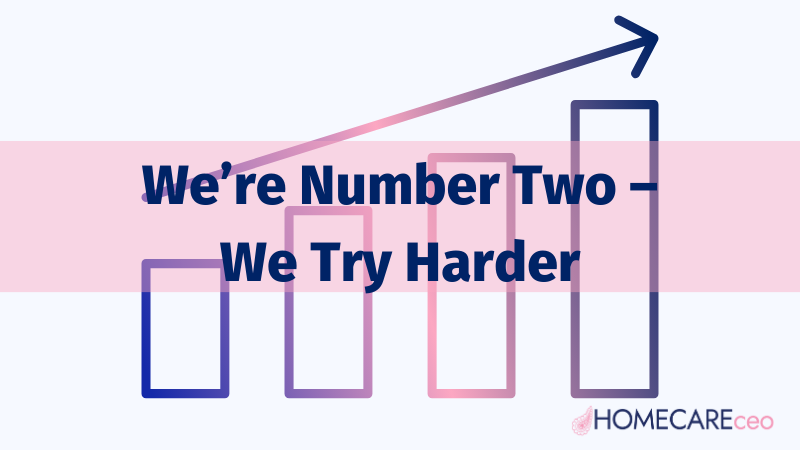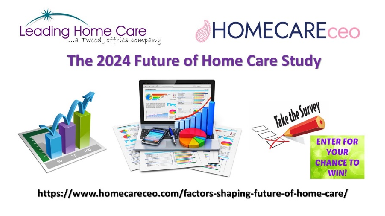By Stephen Tweed
In 1962, Avis rental car was in search of a new advertising campaign. Since its inception, the car rental company had trailed behind the market leader, Hertz. So, the ad agency Doyle Dane Bernbach decided to embrace Avis’s second-place status as a sneaky way to tout the brand’s customer service. “When you’re only No. 2, you try harder,” went the new tagline. “Or else.

The “We Try Harder” ads were an instant hit. Within a year, Avis went from losing $3.2 million to earning $1.2 million — the first time it had been profitable in more than a decade. From 1963 to 1966, as Hertz ignored the Avis campaign, the market-share percentage gap between the two brands shrunk from 61-29 to 49-36. Terrified Hertz executives projected that by 1968 Avis might need a new ad campaign — because it would no longer be No. 2.
Who’s Number Two in Home Care Software
According to the 2023 Home Care Benchmarking Report, the number one home care operating software system was ClearCare, now known as WellSky Personal Care, with 49.4% of the market. The second highest market share goes to AxisCare with 11%, followed by eRSP with 4.3%, SwyftOps with 2.5%, and Generations with 2.3%.
There are at least a dozen other companies offering software to home care companies, and this is above and beyond the dozens of companies that provide software for Home Health or Hospice which are totally different worlds.
The world of home care operating systems, technology, and automation is confusing, yet also very important as you grow your company. Our lessons from the Top 5% Mastermind Group is that home care company leaders are “Systems Thinkers,” and are working to automate their businesses wherever possible.

Seven Factors to Consider in Selecting Home Care Operating Software
Over the past two decades, we have worked with hundreds of home care companies and all have had some form of operating system software. We have been through at lease four major market share leaders in home care software. Based on this experience, here are seven factors you need to consider when selecting a new home care operating system software company:
- Functionality – does this system do all of the things you need to do to automate your home care
company? What are the basic functions you want your system to perform, and how functional is
each system you are considering? - Ease of Use – how user friendly is the system for your office scheduling team, and also for your
sales professionals, your HR team, and your accounting folks? - Data and Information Reporting – how effective are the reports coming out of the system, and
how much flexibility do you have in creating your own reports. The information in the system is
only as good as the information you can get out to make key business decisions. - Customer Service and Technical Support – how effective is the team at this company in handling
customer questions and problems? Are the tech support team members able to solve problems
quickly and effectively? - User Interface Design – Is the look and design of the software working pleasing and appealing to
the user? Does the design make working with this software appealing or is it irritating? - Innovation – To what extent does this software company lead the industry in innovating new
features, benefits, applications, or interface design? Is the software company investing in new
developments to meet the needs of a growing number of users? - System Downtime – how much of the time is the system not available to users? How frequently is
the system down so that it prevents users from doing the work of the home care business?
Which of these seven factors is most important to you, and how do these factors affect your decision to
move to another platform or stay with your current provider?
Let us know about Home Care Operating Systems, and your level of satisfaction
As part of the Home Care CEO and Leading Home Care Future of Home Care Study, we are asking for
feedback on which home care operating system you are using, and your level of satisfaction with your
current system. We’d love to get your input.
Please take seven minutes to answer a few questions about the future of Home Care. We’ll send you a
complete report on the results of our survey, AND, we’ll enter you into a drawing for an Apple Series 9
Watch.



